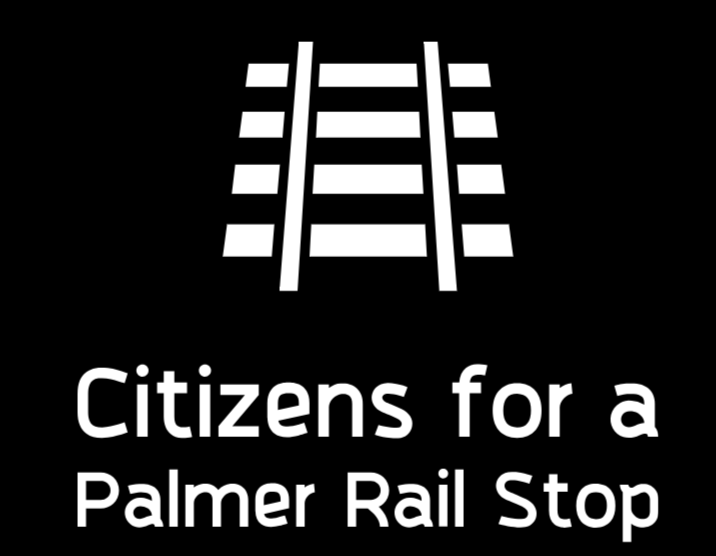Recalculating Benefits
Comparison to the NNEIRI Study BCA
MassDOT’s slideshow for the 6th and final meeting of the East-West Passenger Rail Study Advisory Committee includes a slide presenting a Benefit Cost Analysis that results in ratios of 0.08 or 0.09 for alternatives 4 and the 4/5 hybrid plan, and of 0.08, 0.09, or 0.12 for alternative 3:

Compare those ratios to the 0.6 and 0.8 Benefit-Cost Ratios computed for the Inland Route Service Development Plan of the Northern New England Intercity Rail Initiative (NNEIRI):

The NNEIRI and East-West studies do cover different territory, trading Springfield to New Haven (NNEIRI) for Springfield to Pittsfield (East-West study) service. This no doubt impacts some aspects of the calculation of benefits, but the different route is insufficient to explain the huge change in benefit outcomes. To understand this we must consider changes in political leadership during the past decade.
In 2013 the Patrick Administration’s MassDOT undertook the NNEIRI study as part of a tristate initiative to study expanded intercity train service across the underserved northernmost parts of the Northeast Corridor. In its final report the NNEIRI plan endorsed greatly increased service between Boston-Springfield-New Haven, and restoration of service between New Haven-Springfield-Montreal.
In 2018 the Baker Administration’s MassDOT undertook the East-West Rail study largely at the insistence of Senator Eric Lesser and his colleagues in the Massachusetts legislature. Throughout this latest study MassDOT and its consultants have been inclined to downplay the ridership, inflate the costs, and now underestimate the benefits of proposed train service between Boston-Springfield-Pittsfield.
In February 2020 a popular outcry from political and business leaders, planning agencies, and rail advocates forced MassDOT and its consultants to recalculate their initial ridership estimates. In June 2020 MassDOT released new estimates that were 4 times greater than the original numbers. While this was an improvement, it remains inadequate as a measure of ridership on a line serving the three largest cities in Massachusetts and connecting with existing frequent train service to the largest cities in Connecticut.
East-West passenger rail across the Commonwealth is another Downeaster-type success story just waiting to happen.
To correct their underwhelming East-West study benefit-cost analysis, MassDOT and its consultants need to revisit the NNEIRI study’s Inland Service BCA:



![]()
In addition to this quantitative analysis of costs and benefits, the NNEIRI study also analyzed its scenarios qualitatively in terms of the study’s Purpose “to address the lack of intercity transportation choices in New England, particularly between major cities and the smaller cities and urban areas. The Need for the service stems from the recognition of benefits that could accrue to the region’s economy and livability from improved regional connections.”
MassDOT and its consultants should expand the East-West study’s benefit-cost analysis to include the additional qualitative benefits outlined in the NNEIRI study, revised only to fit the current study’s different scope.
Here is the full NNEIRI analysis of the qualitative benefits that would accrue from east-west passenger rail service:


![]()
Dramatic Difference: Knowledge Corridor Benefit-Cost Summaries and East-West study BCA
MassDOT and its consultants should also consider the huge differences between their benefit-cost analysis for the current East-West study final alternatives, and the BCAs for the 2009 Knowledge Corridor Passenger Rail Feasibility Study scenarios. The routes studied intersect at Springfield, and therefore share similarities in terms of the environmental, economic, and social impacts of train service.
Benefit-Cost Ratios for the three scenarios considered in the Knowledge Corridor study were 1.2, 2.7, and 3.1, all much higher than the East-West study BCR calculations of 0.08, 0.09, and 0.12. A look at the underlying benefit numbers reveals once again that in the East-West study, MassDOT is understating the benefits of train service for riders, communities, the economy, and the environment, including reduced highway congestion and air pollution.
Here are the three tables presenting Knowledge Corridor Benefit-Cost Summaries:





